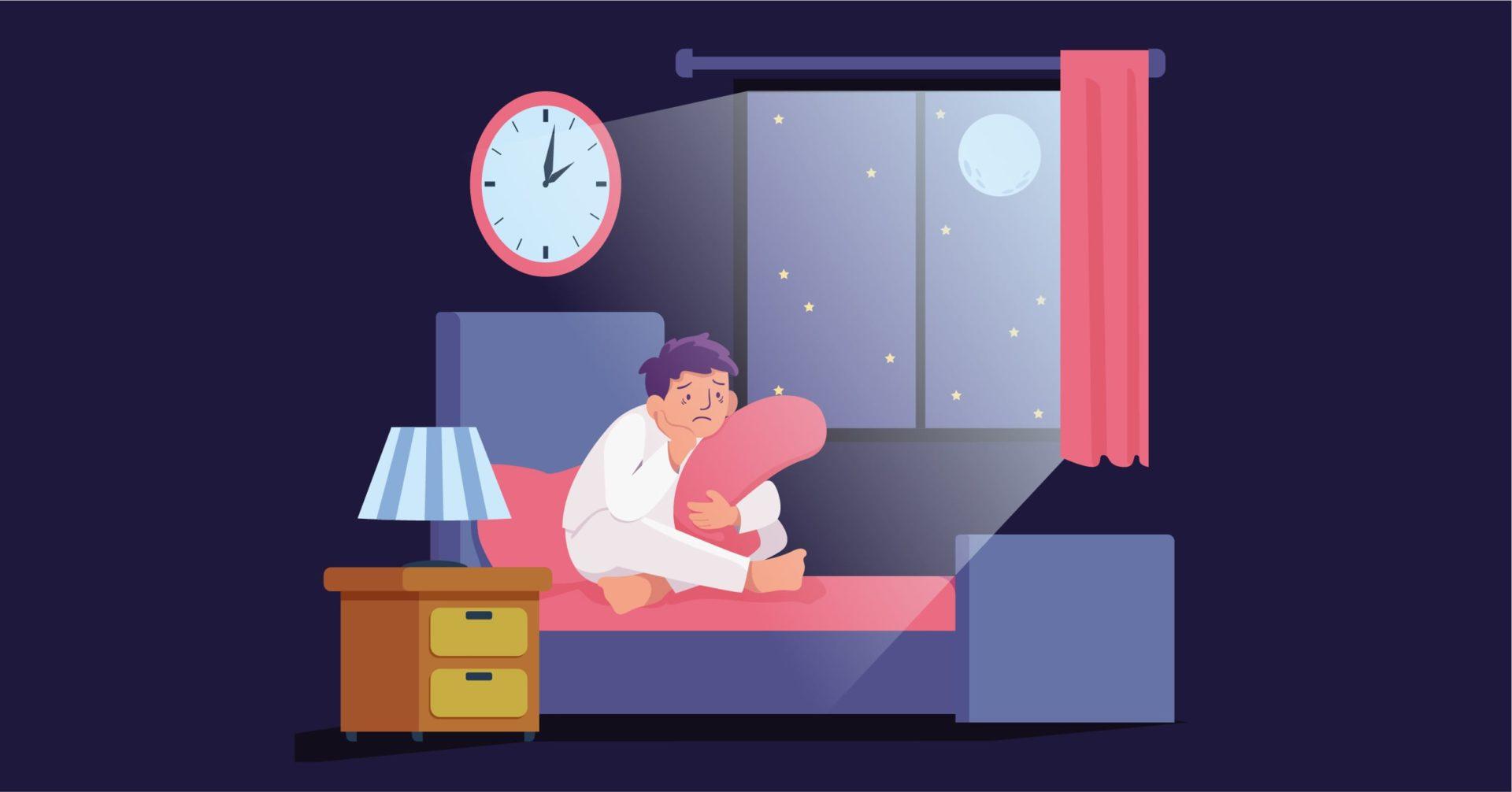Overview
Reactive Attachment Disorder is the product of childhood maltreatment, social neglect, and emotional, physical, and/or psychological abuse.
Diagnosed in children aged 9 months to 5 years, the disorder manifests as inappropriate attachments wherein the child does not approach adult caregivers for comfort, support, or nurturance. Erratic mood and behavior, and controlling tendencies are commonly observed in children with Reactive Attachment Disorder.
As the only known causative factors for the disorder, social neglect, abuse, or childhood maltreatment are also considered to be diagnostic prerequisites.
Psychological assessments help in determining the presence of the disorder. Therapeutic intervention is a beneficial mode of treatment, inclusive of behavioral management therapy along with the caregivers, social education, and counselling.
The general symptoms of Reactive Attachment Disorder are:
- Difficulty forming emotional attachments to others
- Diminished ability to experience positive emotions
- Inability to seek or accept physical/emotional closeness
- Violent reactions upon close physical contact (such as hugging or comforting)
- Unpredictable behavior
- Difficult to console
- Difficult to discipline
- Sudden changes in routine lead to rage, violence, or self-harm
- Desire to be in control of their environment and decisions
Risk Factors
Categorized under trauma-related disorders, Reactive Attachment Disorder stems from social neglect to the point where it is a prerequisite for diagnosis.
Childhood maltreatment includes physical, sexual, emotional, and psychological abuse, and neglect. The first five years of life are crucial for the formation of healthy attachment and emotional bonds, and social neglect during this time can cause children to become emotionally deprived, avoid physical and emotional closeness, and stop seeking comfort when hurt.
It is possible for conditions such as cognitive and language delays, and stereotypes to co-occur, along with medical conditions and a propensity for depression.
Severe forms of emotional neglect associated with Reactive Attachment Disorder can be observed in institutional settings such as overcrowded orphanages, foster care, or when children are being raised by mentally or physically ill parents/guardians.
Diagnosis
The diagnostic criteria laid out in the DSM-5 outline the necessity of a consistent pattern of emotionally withdrawn behavior towards adult caregivers, with both of the following statements being fulfilled:
- The child rarely seeks comfort when distressed
- The child rarely responds to comfort
There is a continual emotional disturbance, wherein at least two of the following are observed:
- Minimal social and emotional responsiveness
- Minimal positivity
- Irritability, sadness, or fearfulness even during harmless interactions with adult caregivers
The presence of either social neglect, repeated changes of primary caregivers, or growing up in settings that do not allow them to form healthy attachments is a prerequisite for the diagnosis of RAD, along with an age of between 9 months to 5 years.
If the symptoms have been present for more than 12 months, it is specified as persistent. A severity specification is also provided for cases where symptoms manifest at relatively high levels.
While clinical questionnaires have been developed for screening purposes, it is also imperative for clinicians to be on the lookout for cognitive and behavioral predispositions that are likely to be observed among children with RAD.
Abnormalities can be perceived in the form of memory and executive functioning problems, low social skills, restlessness and repetitive movements, and high reactivity. Other possible causes, such as Autism Spectrum Disorder, are ruled out during initial assessment.
Treatment
The efficacy of behavioral management therapy, which includes the implementation of techniques to effectively give commands, positively reinforce compliance, foresee and modify problematic behavior, and more, has evidently been effective in improving dysfunctional behavior, including attachment issues and defiant actions.
Multiple therapeutic approaches involving education and therapy focusing on trauma can be implemented in order to facilitate healthy attachment, with a focus on reinforcing compassion and empathy.
Differential Diagnosis
1. Autism spectrum disorder: Aberrant social behaviors manifest in young children with reactive attachment disorder, but they also are key features of autism spectrum disorder. These two disorders can be distinguished based on differential histories of neglect and on the presence of restricted interests or ritualised behaviors, specific deficits in social communication, and selective attachment behaviors.
2. Intellectual disability: Developmental delays often accompany reactive attachment disorder, but they should not be confused with the disorder. Children with reactive attachment disorder show lack of preferred attachment despite having attained a developmental age of at least 9 months.
3. Depressive disorders: Depression in young children is also associated with reduced positivity. There is limited evidence, however, to suggest that children with depressive disorders have impairments in attachment.
Comorbidity
Conditions associated with neglect, including cognitive delays, language delays, and stereotypies, often co-occur with reactive attachment disorder. Medical conditions, such as severe malnutrition, may accompany signs of the disorder. Depressive symptoms also may co-occur with reactive attachment disorder.
Specialist
Vigilance on the part of clinicians is of utmost importance while consulting with children from foster or institutional care, or those with a history of adoption or abuse.
It is important to involve a child specialist to carry out a thorough assessment of symptoms and observe the relationship and interaction between the child and adult caregivers. A referral for a developmental specialist, child psychologist, or child psychiatrist should be given out by the primary physician.
In Conclusion
When reactive attachment disorder is treated in children, many of them develop strong, wholesome relationships with their primary caregivers and other people in their lives. Without treatment, children run the danger of developing persistent emotional problems.
Fortunately, it’s never too late to get help for mental health and developmental issues, including RAD.
A lifelong disorder, reactive attachment disorder. Treatment and support for the child can enhance their emotional and social welfare and help them form good relationships throughout their lives.
Get in touch with our experts today.





